Leica M (Typ 240): Leitz Tele-Elmarit-M 90mm f/2.8
The First M-Mount Lens Bought after the Leica M... | Body with Lens Attached | Some Technical Data | Color Shading and Vignetting | Sample Images | Close-Up Behavior | Conclusions | Links
Archive
| Note: In November 2020, I sold my Leitz Tele-Elmarit-M 90mm f/2.8 lens (I still own the Leitz Elmar-C 90mm f/4 lens). I am therefore no longer able to update this page or to answer questions about this lens. |
On these pages you can find my first personal experiences with my M-mount lenses at the Leica M (Typ 240). This page is devoted to the Leitz Tele-Elmarit-M 90mm f/2.8 lens, the first lens that I bought after purchasing the Leica M (Typ 240) and which might - or might not - replace my Leitz Elmar-C 90mm f/4 lens (see Leitz Tele-Elmarit-M 90mm f/2.8 versus Elmar-C 90mm f/4 for a first comparison). In the end, it did not...
All lens pages: Voigtländer 15mm f/4.5 | Voigtländer 15mm f/4.5 III | Zeiss Biogon 21mm f/4.5 | Leica Elmarit-M 21mm f/2.8 ASPH. | Leica Elmar-M 24mm f/3.8 ASPH. | Voigtländer 25mm f/4 (M39) | Minolta M-Rokkor 28mm f/2.8 | Zeiss Biogon 35mm f/2.8 | Zeiss Sonnar 50mm f/1.5 | Voigtländer 75mm f/2.5 (M39) | Leitz Hektor 85mm f/2.5 (M39) | Leitz Elmar-C 90mm f/4 | Leitz Tele-Elmarit-M 90mm f/2.8 | Leitz Tele-Elmar 135mm f/4
See also: Leitz Tele-Elmarit-M 90mm f/2.8 versus Elmar-C 90mm f/4 - Leitz Tele-Elmarit-M 90mm f/2.8 versus Hektor 85mm f/2.5 - Leitz Hektor 85mm f/2.5 (M39) - Leitz Elmar-C 90mm f/4
The First M-Mount Lens Bought after the Leica M...
I bought the Leitz Tele-Elmarit-M in February 2016 via the l-camera-forum for 490 EUR (product number 11800; serial number 2587227 > built by Leitz Canada in 1973; but "production era" was between 1974 and 1986). It was my first lens that I bought after I had purchased the Leica M (Typ 240).
 |
 |
 |
 |
Figures: Leitz Tele-Elmarit-M 90mm f/2.8 lens - Leitz Elmar-C 90mm f/4 lens for comparison (right)
Body with Lens Attached
 |
 |
|
 |
 |
Photos: Leica M (Typ 240) with Leitz Tele-Elmarit-M 90mm f/2.8 lens and with Leitz Elmar-C 90mm f/4 lens (bottom right) for comparison
Some Technical Data
| Data | Leitz Tele-Elmarit-M 90mm f/2.8 | Leitz Elmar-C 90mm f/4 lens (for Comparison) |
| Model number | 11800 | 11540 |
| Focal length | 90 mm (05 as correction, unclear what this amounts to...) | 90 mm |
| Angle of view (35mm film) | 27° diagonal | 27° diagonal |
| Maximum aperture | 2.8 | 4 |
| f-stop range | 2.8-16 | 4-22 |
| Number of iris blades | 10 | 10 |
| Number of lenses/groups | 4/4 | 4/4 |
| Shortest distance | 1.0 m | 1.0 m |
| Weight | 225.8 g (Ken Rockwell) (210 g on our own scales) | 246/270 g (210 g on our own scales) |
| Length | 61.3 mm at infinity, 67.92 mm overall (Ken Rockwell)) | 60 mm (61 mm) |
| Maximum diameter | 51 mm | 51 mm |
| Filter thread | 39 mm filters (E39) | 39 mm - 5.5 type; do not use 39 mm filters - may cause damage! |
| Lens hood | folding rubber hood (11250) with its own pop-in cap (11252), screw mount; the lens was supplied with this hood, but mine came with a metal lens hood 12575, which can also be used (I can use the rubber hood from my Elmar-C) | folding rubber hood (11250) with its own pop-in cap (11252), screw mount; the lens was supplied with this hood |
| Smallest object field / magnification | 1:9 (Ken Rockwell), 372 x 248 mm / 1:10.4 (calculated), 300 mm / 1:8.4 (from photo) | 330 x 220 mm (Olypedia); 372 x 248 mm / 1:10.4 (calculated); 300 x 200 mm / 1:8.4 (from photo) |
Lens Hoods
The Tele-Elmarit M 90mm f/2.8 can use the screw-in folding rubber hood (11250) with its own pop-in cap (11252). The hood has a special 5.5 type filter thread that cannot take 39 mm filters.
This lens can also use the metal lens hood 12575, which can also be used with the Tele Elmar 135mm/f4.
 |
Metal lens hood 12575 to the right on all photos | |
|
|
|
 |
 |
|
 |
 |
Color Shading and Vignetting
At the end of November 2015, I did a more systematic investigation into color shading and vignetting, which was also meant to provide (at least, preliminary) calibration images to be used with the CornerFix application for removing color shading. I followed the recommendations for calibration images, set exposure compensation to +1, and used the lenses' maximum aperture as well as f/8. Distance was set to infinity to smooth out irregularities in a white cardboard that I photographed. The test below was done in February 2016 after I had purchased the lens. The test was done at a dull day and with a different cardboard.
This investigation confirmed the first impressions in most aspects. Here are the results for the Leitz Tele-Elmarit-M 90mm f/2.8 lens (11800):
| Lens Detection Option, Selected Lens | f/2.8 | f/8 |
| "Off" None |
 |
 |
| "Off" None |
 |
 |
| "Manual" Leitz Tele-Elmarit-M 90mm f/2.8 11800 (the lens itself) |
 |
 |
| "Manual" Leitz Tele-Elmarit-M 90mm f/2.8 11800 (the lens itself) |
 |
 |
Photos: Calibration shots with Leitz Tele-Elmarit-M 90mm f/2.8 (11800)
There is practically no color shading. The manual setting for this lens improves vignetting slightly, but vignetting is already very low at f2.8 (and non-existing at f/8). Thus, selecting the lens manually improves the low vignetting even more. Overall, this lens has considerably less vignetting than my Leitz Elmar-C 90mm f/4.
Conclusion: This lens can be used with "Lens Detection" set to "Off", but selecting the lens manually in the "Lens Detection" menu improves the low vignetting even more.
My current status: "Lens Detection" set to "Off" (because I am too lazy for changing "Lens Detection" manually).
Sample Images
Photos taken at Various f-Stops
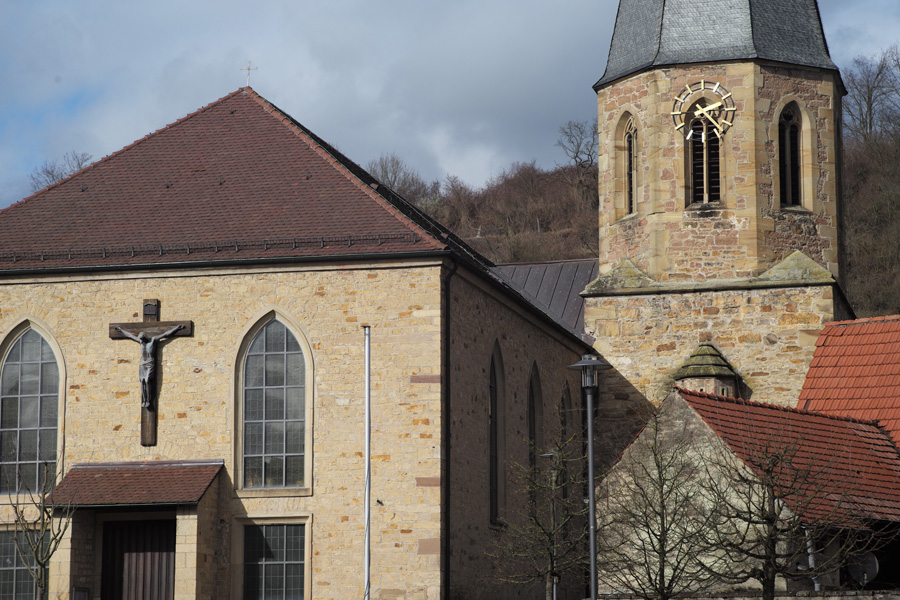 |
 |
|
 |
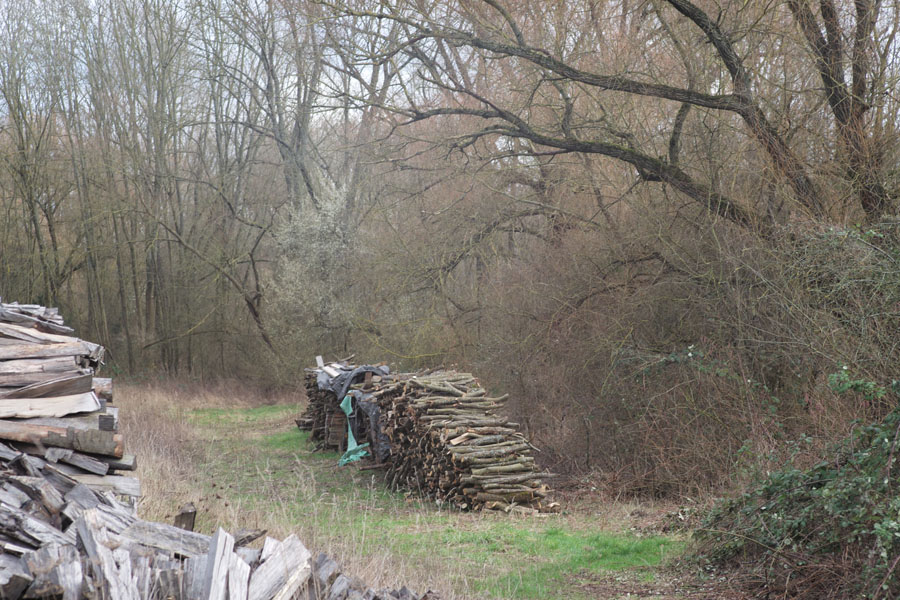 |
|
 |
 |
|
 |
 |
|
 |
 |
|
 |
 |
|
 |
 |
|
 |
 |
|
 |
 |
|
 |
 |
|
 |
 |
|
 |
 |
|
 |
 |
|
 |
 |
|
 |
 |
|
 |
 |
|
 |
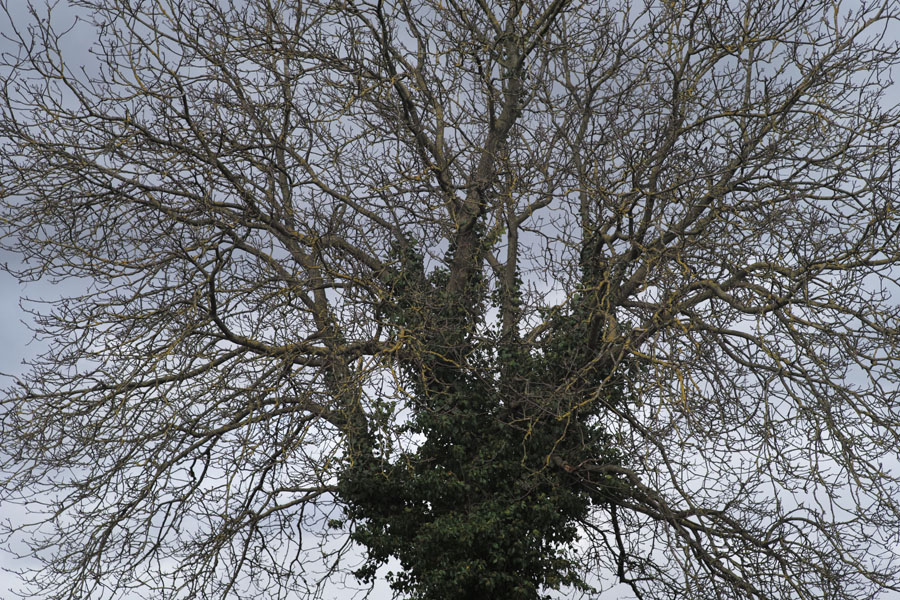 |
|
 |
 |
|
 |
Photos Taken at f/2.8
These photos are meant to demonstrate the minimum depth of field that can be achieved with this lens (and the image quality at this aperture).
Note: When taking the photos below, I had set "Lens Detection" to a wrong "Manual" option (28 f2.8 ASPH. 11606), which I had tested for for my Voigtländer 25mm f/4 lens. Since the weak cyan color shading at the left and right edges does not affect the overall impression of the photos, I will not repeat them with the correct setting ("Off") - that would be a lot of work...
 |
 |
|
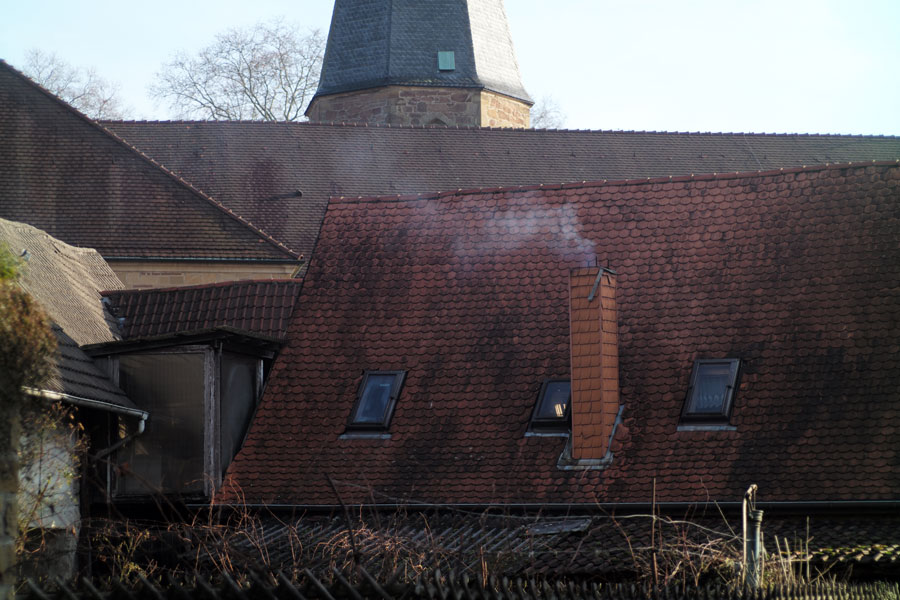 |
 |
|
 |
 |
|
 |
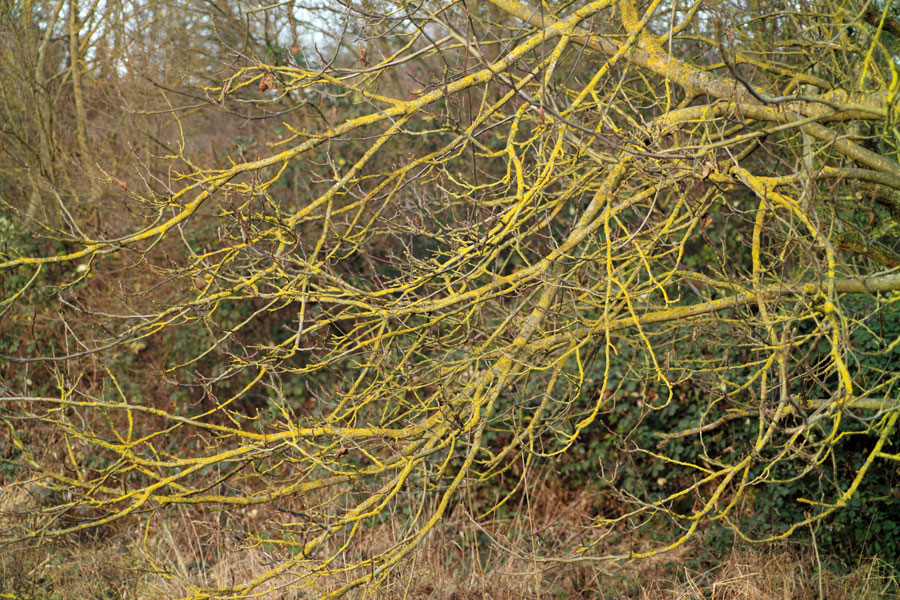 |
|
 |
 |
|
 |
 |
|
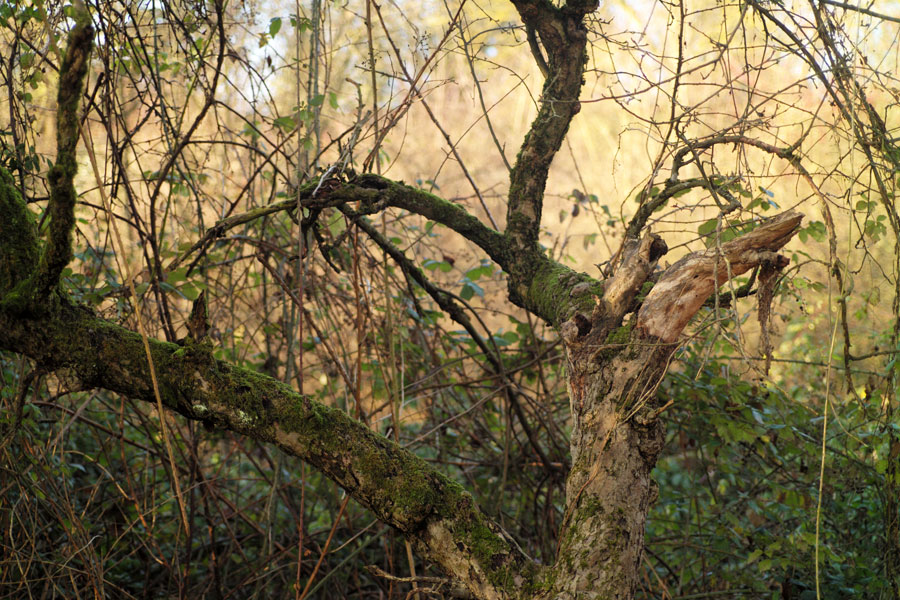 |
 |
|
 |
 |
|
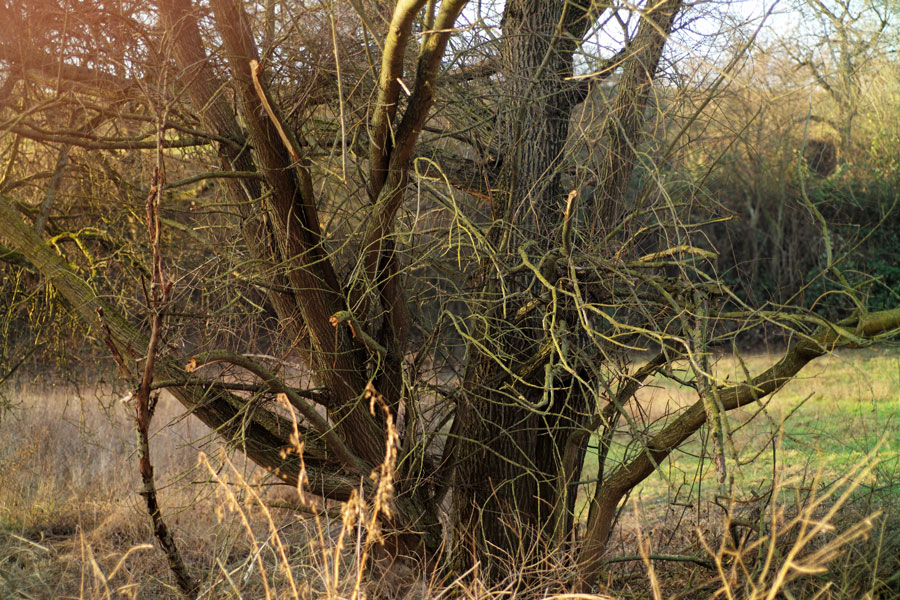 |
 |
|
 |
 |
|
 |
 |
|
 |
 |
|
 |
 |
|
 |
 |
|
 |
 |
|
 |
||
 |
||
 |
 |
|
 |
 |
Close-Up Behavior
The Leitz Tele-Elmarit-M 90mm f/2.8 has a similar close-up behavior as the Elmar-C 90mm f/4 and the Tele-Elmarit 135mm f/4. For M-mount lenses, it is among the best ones. I also checked how using the Quenox Extension Tube for Leica M together with this lens can improve the lens' close-up behavior.
Smallest Object Field / Magnification
| Smallest object field/width | 372 x 248 mm (calculated), 300 mm (from photo) |
| Magnification | 1:9 (Ken Rockwell), 1:10.4 (calculated) 1:8.4 (from photo) |
*) See photo below

Distance set to 1 m; w = 300 mm; magnification = 35.8/300 = 1:8.4 (1:8.5)
Photo: Leitz Elmarit-M 90mm f/2.8 lens (300 mm)
With Quenox Quenox Extension Tube for Leica M
Distance > |
Infinity | 1 m (closest) |
Smallest object width |
300 mm* | 150 mm* |
| Magnification | 1:8.4 => approx. 1:8.5 | 0.23 = 1:4.4 => approx: 1:4.2 |
*) See photos below:
 |
 |
Photos: Test shots with Leitz Tele-Elmarit-M 90mm f/2.8 and Quenox Extension Tube for Leica M; distance set to infinity (left) or closest distance (right)
Using the Quenox Extension Tube for Leica M with distance set to infinity results in the same magnification as if distance were set to 1 m without an extension tube; if distance is set to 1 m with an extension tube, magnification is doubled to 1:4.2 (about the size of a postcard is captured). This a slightly better than for the Hektor 85mm f/2.5 (1:4.6).
Closest Distance - Systematic Approach...
(More or less) Closest Distance - Various Examples
The Leitz Tele-Elmarit-M 90mm f/2.8 lens is among the lenses that have the best close-up behavior. If you use an extension tube like the Quenox Extension Tube for Leica M, which is a replacement for the now "extinct" Leitz OUFRO (16469Y) (1 cm), this improves only if you set the distance to the shortest possible distance (1m). You get a magnification of up to 1:4.2 with this lens, which is about the size of a postcard.
Overall, for longer lenses the Quenox extension tube is most effective it you set the distance to the minimum possible value. Quality-wise, this is probably not a good idea...
Conclusions
Disclaimer: I am not a lens expert who sees marked differences between various Leica and/or other lenses. I can check for soft corners, find differences in color rendition, and, in rare cases, may discover a "3D look", but that's all. Please regard therefore my conclusions as the verdict of a "layman".
Judging this lens is difficult for me. Obviously, it is prone to flare issues, even when not directed to light sources (I found this confirmed in various threads in Leica forums). The viewfinder image also looks a little bit "hazy" at times with this lens. On the other hand, this 90mm lens shows considerably less vignetting than the Leitz Elmar-C 90mm f/4, particularly wide open.
In November 2020, I sold this lens and am therefore no longer able to update this page or to answer questions about this lens.
Links
- LEICA 90mm f/2.8 Lenses (at Ken Rockwell ): www.kenrockwell.com/leica/90mm-lenses.htm
- Leitz Tele-Elmarit-M 90mm f/2.8 (Ken Rockwell "Leica Lens Reviews"): www.kenrockwell.com/leica/90mm-f28-tele.htm
- 90mm f/2.8 Leitz Tele-Elmarit-M (Leica Wiki): www.l-camera-forum.com/leica-wiki.en/index.php/90mm_f/2.8_Tele-Elmarit-M
- The Leica 90 tele-elmarit review. A fine vintage for a good price (Joeri van der Kloet): joerivanderkloet.com/the-leica-90-tele-elmarit-review-a-fine-vintage-for-a-good-price/
| 04.07.2024 |























